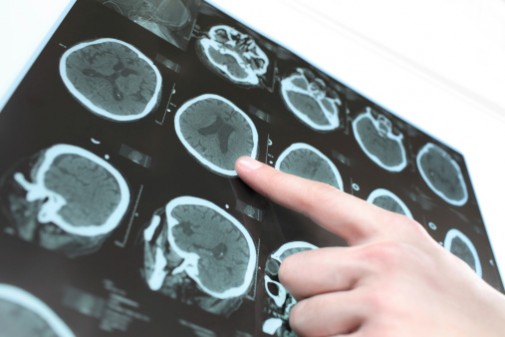What you may not know about Parkinson’s disease

Many may relate Parkinson’s disease to tremors or shaky hands, but the chronic and progressive movement disorder also affects non-motor functions.
The disease affects as many as one million people in the U.S, according to the Parkinson’s Disease Foundation. Each year, 60,000 Americans are diagnosed with Parkinson’s, and an estimated seven to 10 million people are diagnosed with the disease worldwide.
“Non-motor symptoms do happen to those with Parkinson’s,” says Dr. Karyn Karlin, neurologist at Advocate Illinois Masonic Medical Center in Chicago. “The good news is that you are not alone and your doctor can help you get answers and find treatment for both your non-motor and motor symptoms.”
What is Parkinson’s disease?
Parkinson’s is a neurodegenerative disease, meaning it involves a breaking down of the brain tissue.
This deterioration often progresses very slowly, and is irreversible. Parkinson’s is not considered a terminal disease; however, its symptoms can lead to serious complications and even death.
The cause is unknown, and although there is presently no cure, there are treatment options such as medication and surgery to manage the symptoms.
What happens when someone has Parkinson’s disease?
Parkinson’s primarily affects neurons in the brain that produce dopamine.
“Dopamine is a chemical that sends messages to the part of the brain that controls movement and coordination,” says Dr. Karlin. “As Parkinson’s progresses and the amount of dopamine and dopamine-producing cells decrease, a person with Parkinson’s loses their ability to control their movement normally.
The specific group of symptoms that an individual experiences varies from person to person. Primary motor signs of Parkinson’s disease — the symptoms that most people are familiar with — include tremors in the hands, legs and face; slowness or rigidity in movement; and impaired balance and coordination.
Parkinson’s does not only affect movement and is not limited to movement-related symptoms. Parkinson’s also causes many secondary symptoms that affect the body’s non-motor functions.
These non-motor symptoms of Parkinson’s are quite common, but each person experiences them differently.
Non-motor symptoms can include:
- Impaired sense of smell
- Vision issues
- Sleep disorders
- Memory loss and in some cases, dementia
- Mood disorders
- Constipation
- Impaired bladder functions
- Sweating
- Sexual dysfunction
- Fatigue
- Pain
- Anxiety
- Depression
Related Posts
Comments
One Comment
About the Author
health enews staff is a group of experienced writers from our Advocate Health Care and Aurora Health Care sites, which also includes freelance or intern writers.


















Should we be routinely screened by a neurologist for this???